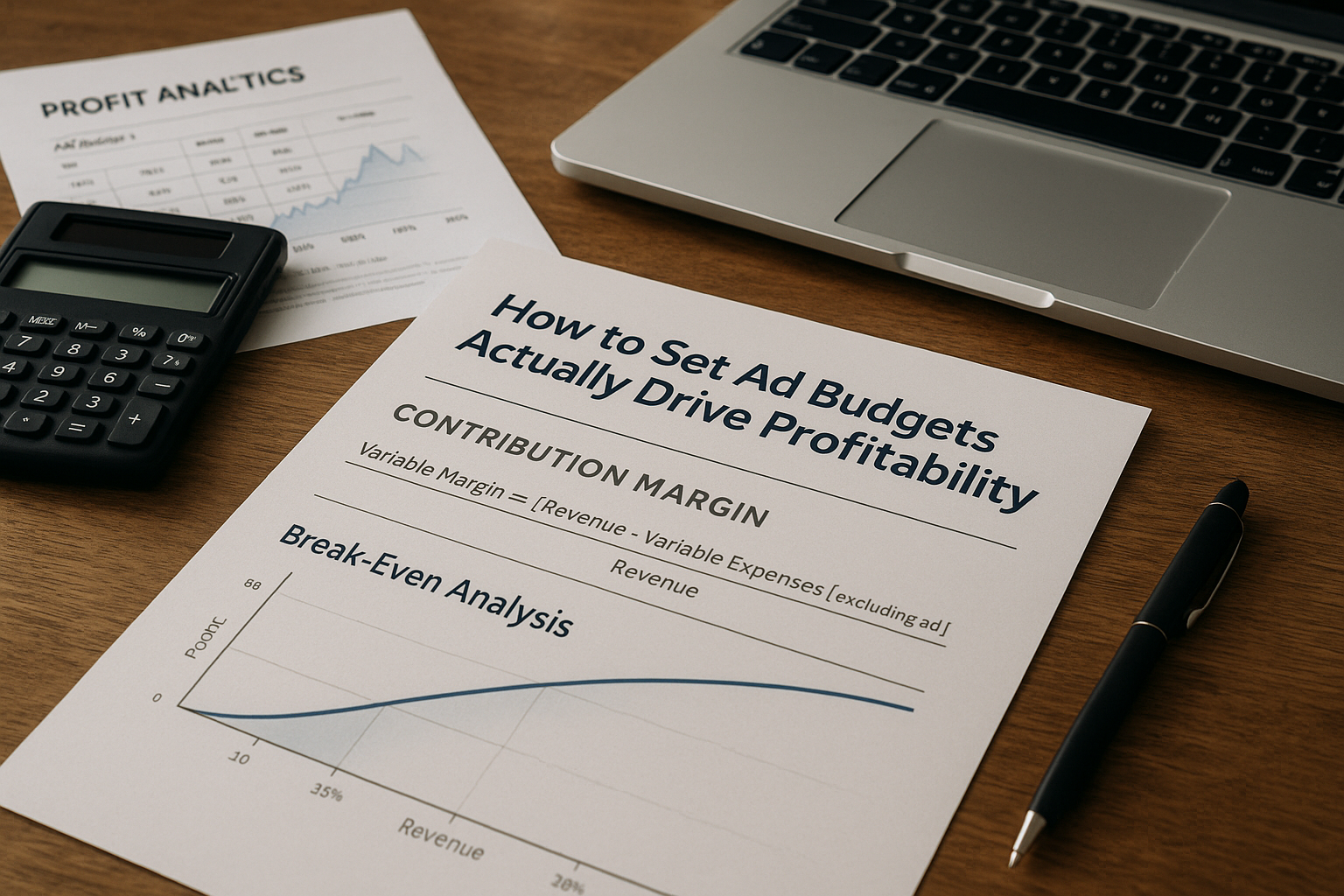Don’t Hide Behind KPIs

“Most people use statistics like a drunk man uses a lamppost; more for support than illumination”
– Andrew Lang
Those were the words that came to mind after a conversation with an agency a while back. It was one I had with a company I’d contracted to build out the Google Adwords platform for our company, BottleKeeper.
Their performance had been underwhelming, to say the least, over the first months of our agreement. While I won’t name that company here, I very much will shame them. In response to my complaint, they shot back an analysis of the KPIs that was rather misleading. It wasn’t that they were wrong, or that they were lying… but some important details were missing. They were trying to hide behind the KPIs to justify their cost and position.
It didn’t work.
And that got me thinking of all the ways startups often analyze their KPIs that don’t, either.
Cost per acquisition
Ahhh, CPA – the yardstick of the advertising world. If you don’t already know, it’s the average dollar amount spent to acquire one paying customer—I’m talking about online customers here, but this KPI is applicable to every business—and is also sometimes referred to as customer acquisition cost (CAC).
So, what’s my problem with this KPI? Well, CPA isn’t the full picture. The actual figure is higher. That’s because it isn’t just the budget you allocated over a given period of time, it’s that plus any and all costs associated with executing it – such as contract or employee costs, and a whole slew of other expenses.
Let’s say your ad budget is $300/month, and you get 10 conversions… your CPA is $30, right? Simple. And wrong. It’s actually $80, because you’re also paying the management company $500 per month to execute the spend – a delta of 266%! That could easily push you into the red.
Gross revenue
A bit of business 101 here — the goal of a business should not be generating maximum revenue. Net revenue is what matters.
“But look at XYZ Software company, it’s worth $19 billion and isn’t anywhere near having net revenue!”
True. You’re not them, sorry. So your business should probably make more than it spends, to avoid being sorry.
Hopefully that didn’t come across as patronizing, it just seems like it needs to be said more. Because the number of companies that need to hear it is immense. So many have no idea how they’re actually going to put money back in their pockets, let alone those of their investors.
Traction
We all want to feel good about how things are going, but traction statistics can be slippery. Founders tend to rely on common stats to grip people – we’re talking download figures, monthly unique visitors, and waitlists for beta testing.
Oh, you had 100,000 downloads of your new app in the first six months? Great. Please, do tell me more… how about your rate of monthly active users (MAU)? Twelve hundred? K. But your website is garnering 40,000 unique visits per month after three months, you say? Great. How about the conversion rate on that traffic? 0.8%? Hmm… ain’t so much action in that traction there, buddy.
I think you get the picture, and have likely seen it before. But people are always painting new ones. The ways to hide behind KPIs are almost as boundless as the excuses made for them, but they really only accomplish one thing: false perception. Which in turn leads to distrust.
To be clear, I’m not suggesting you tell your dinner party guests what your net revenue was last year when they inquire as to how business is going. What I am suggesting, is being a little more conscious of the stats you lean on and the validity, if any, that they represent. At least be honest with yourself, even if you can’t be with those you’ve chosen to surround yourself with.
The above is from one of the many articles I wrote at Entrepreneur.com. I’ve modified the (much longer) article here and updated as needed for relevance.



